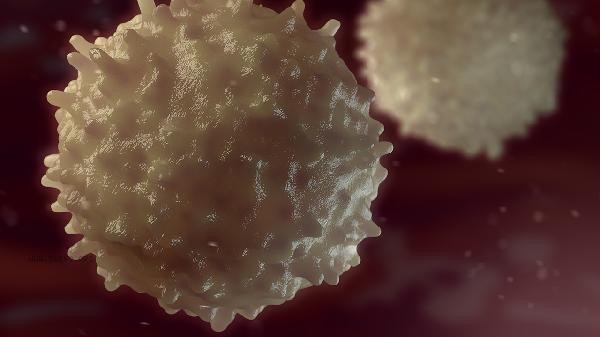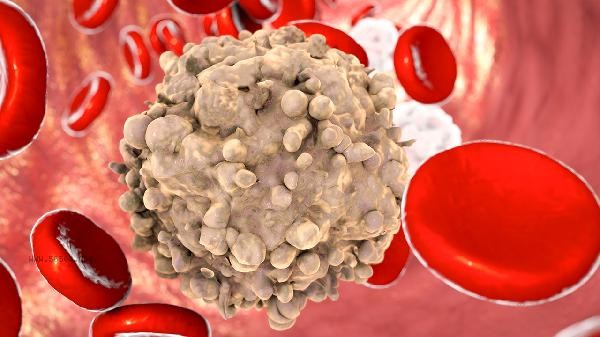When the white blood cell count is below 3.0 × 10 ⁹/L, drug intervention is usually required, which is mainly related to increased risk of infection, bone marrow suppression, autoimmune diseases, drug side effects, and nutritional deficiencies.

1. Infection risk:
White blood cells are an important component of human immune defense. When the count continues to be below 3.0 × 10 ⁹/L, the body's resistance to bacteria and viruses significantly decreases. Symptoms such as recurrent respiratory infections, oral ulcers, and skin suppuration may occur frequently, and in this case, white blood enhancing drugs such as recombinant human granulocyte colony-stimulating factor are needed to prevent severe infections.
2. Bone marrow suppression:
Damage to bone marrow hematopoietic function caused by radiotherapy, chemotherapy, or hematological diseases may reduce white blood cells to below 2.5 × 10 ⁹/L. When accompanied by anemia and thrombocytopenia, it is necessary to stimulate bone marrow hematopoiesis in combination with drugs such as Liraglutide and Shark Liver Alcohol. At the same time, primary diseases such as leukemia and aplastic anemia should be screened. 3. Autoimmune diseases: Systemic lupus erythematosus, rheumatoid arthritis, and other diseases may accelerate the destruction of white blood cells. When the count is below 2.0 × 10 ⁹/L and accompanied by joint swelling and rash, immune modulators such as prednisone are needed to control the condition, while monitoring indicators such as anti nuclear antibodies.
4. Drug side effects:

Long term use of antibiotics, antithyroid drugs, or immunosuppressants may lead to a decrease in white blood cells to below 3.5 × 10 ⁹/L. In the event of such a situation, it is necessary to evaluate the drug relevance and, if necessary, replace it with alternative drugs that have less impact on the bone marrow.
5. Nutritional deficiency: When there is a severe deficiency of vitamin B12, folate, or copper, white blood cells can drop below 3.2 × 10 ⁹/L. Manifesting as megaloblastic anemia with glossitis, it can mostly be restored by supplementing with corresponding nutrients, without the need for special white blood boosting treatment. For patients with leukopenia, it is necessary to maintain a high protein diet such as fish, eggs, and milk in daily life, and consume moderate amounts of auxiliary hematopoietic ingredients such as red dates and peanut coats. Avoid consuming raw and cold foods as well as crowded areas, and conduct regular blood routine monitoring. Mild reduction of 3.0-4.0 × 10 ⁹/L without accompanying symptoms can be observed for 1-2 weeks. If the decrease persists or if there are signs of infection such as fever, immediate medical attention should be sought. Elderly patients and those with concomitant chronic diseases need more active intervention, and if necessary, bone marrow puncture should be performed to clarify the cause.









Comments (0)
Leave a Comment
No comments yet
Be the first to share your thoughts!